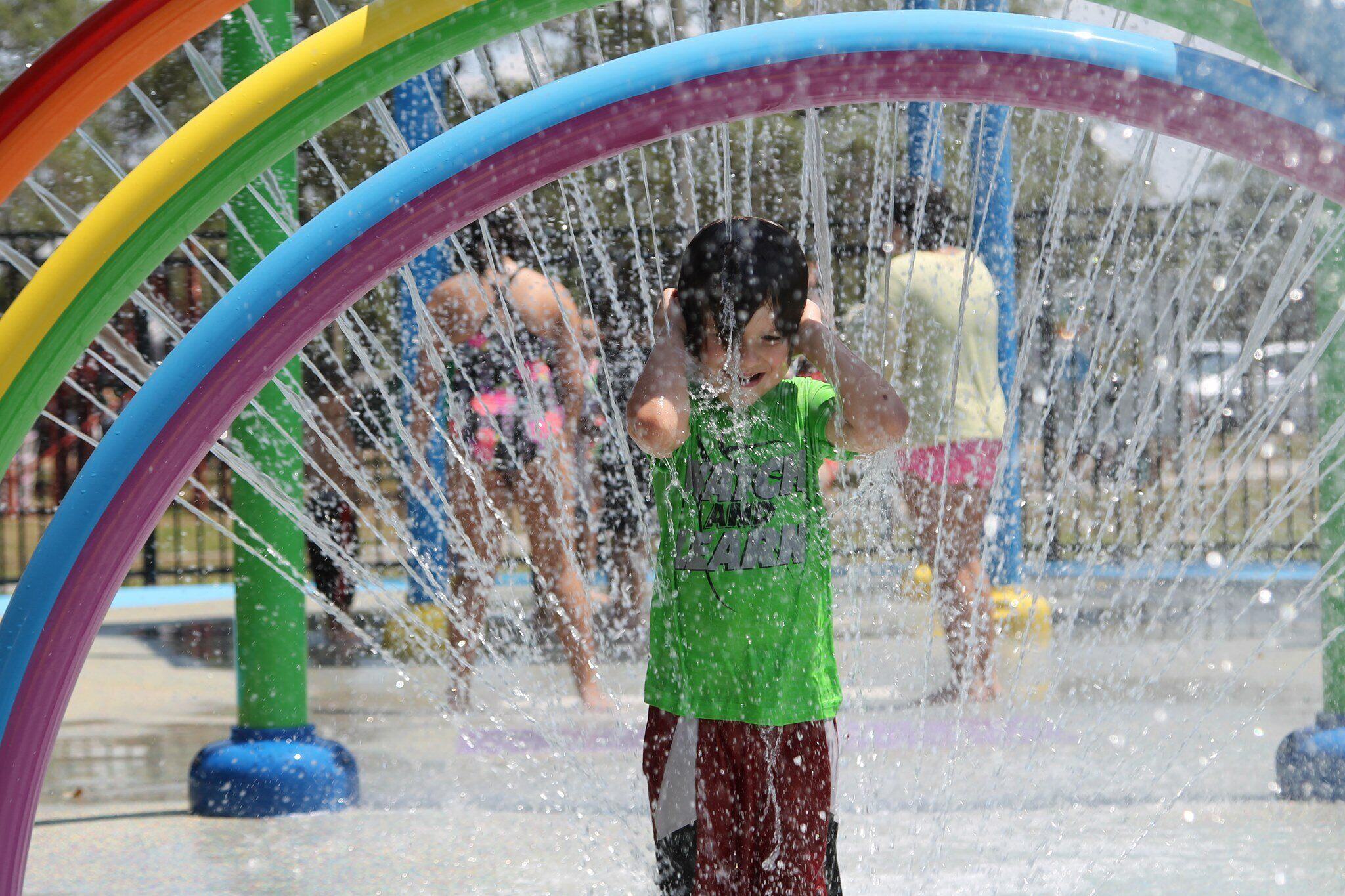Designing Splash Pads for Inclusion
Parks play a pivotal role in defining a community's quality of life, often influencing the perceived livability of an area. Central to this is the principle of inclusion, which supports equal access to opportunities and community resources, particularly for marginalized groups or those with disabilities. Splash pads, with their unique water play features and absence of standing water, inherently promote inclusion. However, with only 11% of parks currently having splash pads, there exists a significant opportunity to enhance inclusivity in community spaces. To achieve this, splash pad design considerations must encompass a holistic view of several key design principles.
Universal Design steers inclusive splash pad creation with three distinct approaches. Firstly, the "Accessibility" approach adheres to ADA Standards, which set clear rules ensuring that facilities are physically accessible to those with disabilities. Secondly, the "Usability" approach moves beyond just access, aiming for comprehensive inclusion regardless of an individual's demographics or abilities. Lastly, "Inclusivity" combines elements of both accessibility and usability, focusing on offering a wide range of play experiences. In this design model, every user is viewed as unique, creating environments that are more usable, by more people, to the greatest extent possible.
Design principles that prioritize user inclusivity and accessibility emphasize seven key aspects as defined by the National Disability Authority. Firstly, "Equitable Use" ensures that designs cater to individuals with varied abilities. "Flexibility in Use" accommodates diverse preferences and capabilities. "Simple and Intuitive Use" mandates designs to be easily comprehensible, regardless of the user's background or concentration. "Perceptible Information" ensures that designs convey information effectively, even in varied conditions or to those with sensory challenges. "Tolerance for Error" reduces hazards and potential negative outcomes from unintended actions. "Low Physical Effort" ensures designs demand minimal exertion, while "Size and Space for Approach and Use" guarantees that designs provide adequate space for interaction, irrespective of a user's physique or mobility.
The inclusive spray park intentionally ensures a developmentally robust and balanced assortment of activities that meet the diverse physical, social-emotional, sensory, cognitive, and communication needs of all children. To successfully achieve this, splash pad designs should include bays with different types of activities, from more "low-flow" areas of comfort, in addition to areas with greater challenge for those who enjoy a more competitive, active environment. These areas can be categorized as contemplative, family, and big water.
The "Contemplative Play" water play area is designed primarily for toddlers, featuring ground sprays and low-flow elements that encourage discovery. These tactile water features provide a quiet and calming environment for the youngest users. The "Family Area" is tailored for younger children and boasts features that spark imaginative play. Here, children are prompted towards creativity and role-playing, with bright, themed water features. Lastly, the "Big Water" water play area targets teens and young adults, showcasing exciting elements like dumping buckets and other interactive features. This zone is high-energy, designed to foster competition and cater to the more adventurous spirits.
Inclusivity isn't just a moral imperative; it's also good for business. Catering to an inclusive model can significantly enhance the bottom line. According to CDC data1, one in four people in the US alone have a disability. By adapting an environment to accommodate all, businesses demonstrate they value everyone in the community equally. By accommodating their needs, businesses not only tap into this lucrative market but also appeal to those who assist the disabled, including their friends and family. Furthermore, many inclusivity-focused modifications cater to seniors, expanding the patron base even more. Adopting inclusivity doesn't only benefit patrons by offering additional services and programs, but it also provides facilities with a competitive edge and increased revenue potential.
In the evolving landscape of community recreation, parks stand as pillars, not just as spaces of leisure but as embodiments of a community's commitment to the well-being and inclusivity of its residents. The design of splash pads, with their innate inclusivity and adaptability to varied age groups and abilities, effectively supports this commitment. Through the principles of Accessibility, Universality, and Inclusivity, and by adhering to design principles that prioritize user-centricity, parks can become beacons of inclusiveness. As communities continue to grow and evolve, the holistic approach to splash pad design - encompassing all age groups and abilities - serves as a testament to a future where every individual, regardless of their unique attributes, finds a welcoming space in the heart of their community.





